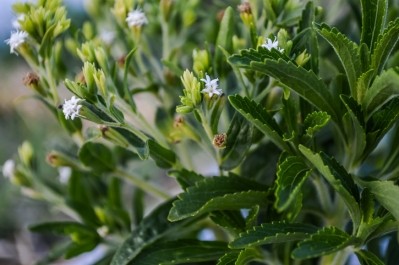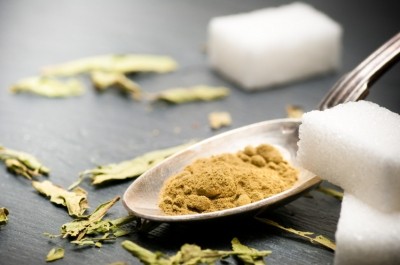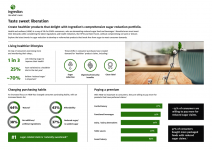Stevia: Succeeding in an emerging market
Stevia-based sweeteners, recently approved for food use in the US and France, and EU-wide approval is expected within two years.
But there are a number of issues that companies must tackle in order to be in the best competitive position. These include sustainability in supply chain (especially backwards integration), adherence to quality standards, and initiatives (including alliances with flavour companies) to address product flavour issues.
In addition, providing superior technical assistance during the course of product formulation to food and beverage manufacturers is going to be another extremely important competitive factor.
Quality question
A German survey conducted in 2007 revealed that the consumers’ top priority would be improvement in quality, followed by better taste in stevia products, according to a European Stevia Association (EUSTAS) presentation entitled Quality Assurance for Stevia Raw Products.
With many incidences of Chinese suppliers exporting stevioside with inappropriately labelled purity content (as a consequence of inadequate laboratory practices), adherence to the quality standard becomes extremely significant for market success. Any quick fix techniques adopted by manufacturers during this emerging phase for stevia sweeteners would dent the market image.
This means that subsequent investments would have to go towards repairing damage rather than market advancement.
At the recent EUSTAS Stevia in Europe conference, the organisation is developing a concept of quality control and assurance that would guarantee the requirements of the EFSA, the expectation of the industry and those of the consumers. The concept primarily covers:
- Appropriate checks to ensure whether the raw material complies with a certain set quality standard before it is marketed and processed;
- assignment of a quality mark for the accepted quality;
- suitable checks to guarantee whether the set quality standards are met during processing.
Taste issues
Taste has been an issue with stevia-based sweeteners. Even with high purity Reb-A the bitter-taste problem exists. Taste-improvisation is already taken up as part of value-creation for customers by a few stevia-based manufacturers and is most likely to be the near-future trend. Various efforts involve endeavour to develop an in-depth sensory understanding of bitterness blocking requirements for Reb-A, identification of the bitter taste receptor that is triggered by this high intensity sweetener and going on to design taste modification technologies to mask its off-taste and enhance the sweetness level.
These initiatives of Reb-A manufacturers are strongly supported by prudent strategic alliances with renowned flavour companies, for instance, the alliance of Sunwin USA with Wild Flavors and Pure Circle’s with Firmenich. Other flavour companies such as Givaudan, Symrise, and Comax Flavors are exploring this opportunity by adding stevia sweeteners’ taste-profile improvement solutions in their expert offerings.
Enough stevia?
Third significant challenge facing the market is anticipated constraint in raw-material supply. The commercial production of stevia is primarily concentrated in China, Paraguay, Argentina, Brazil, Chile, Cambodia, Columbia, Kenya, Indonesia, Malaysia, Peru, Vietnam, and India. China accounts for close to 75 percent of the world stevia leaf production.
Due to an anticipated high world demand of stevia sweeteners in the next few years, there is a high probability of short supply of stevia leaves. This predictable situation is likely to increase the price of both stevia leaves and finished stevia-based sweeteners.
To avert or limit the impact of this problem, it is most vital to encourage farmers to grow more stevia plantations in regions which have congenial climate for growing stevia.
Stevia extract/sweetener manufacturers have already initiated making efforts in this direction by contracting with farmer populations or by strategically partnering with existing stevia farming associations or firms.
For example, in 2008 Corn Products International (CPI) made a strategic decision to enter into a long term partnership with Morita Kagaku Kogyo Company Ltd (Morita), a big and reputable name in the global stevia sweeteners market. Under the agreement, CPI purchased the exclusive license to Morita’s patented stevia, manufacturing technology and stevia production – in addition to the global marketing and distribution rights of Enliten.
Merisant/Whole Earth and Imperio Guarani, meanwhile, partnered to develop a network of small farmers in Paraguay who use simple and sustainable farming techniques to grow stevia plantations.
The leading supplier of stevia extract, Pure Circle currently has a total of about 15,000 hectares contracted in Kenya, Paraguay, Columbia, Indonesia, Vietnam, Thailand and China, for growing stevia plantations.
























